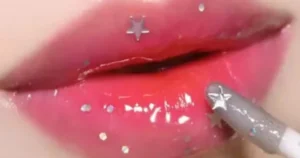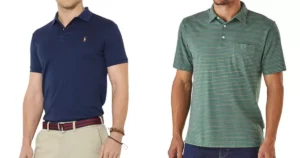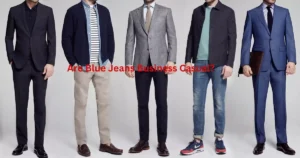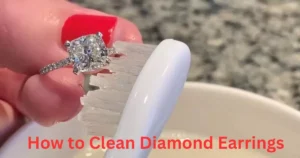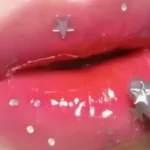Understanding your hair type is crucial for maintaining healthy, well-groomed locks. Every man’s hair is unique, defined by texture, thickness, and a range of other factors. In this comprehensive guide, we’ll delve into the different hair types for men, exploring the characteristics that make each one distinct.
Different Types of Men’s Hair
Hair can be categorized based on two primary characteristics: texture and thickness. Let’s dive into these factors to better understand the various hair types.
Hair Texture
Hair texture refers to the natural pattern or curl of your strands. It’s determined by the shape of the hair follicle and can range from straight to coily. The Andre Walker Hair Typing System™ is a widely recognized method of classifying hair texture, dividing it into four main categories:
- Type 1 (Straight): Straight hair has a cylindrical shape and lays flat from root to tip.
- Type 2 (Wavy): Wavy hair has an S-shaped pattern and bends at varying degrees.
- Type 3 (Curly): Curly hair has a spiral or looped pattern, with curls that range from loose to tight.
- Type 4 (Coily): Coily hair has a zigzag pattern and bends at sharp angles, forming tight coils or kinks.
Hair Thickness
Hair thickness, also known as density, refers to the number of individual strands on your scalp. It can be categorized as:
- Fine: Thin, delicate strands with less volume.
- Medium: Average strand thickness with moderate volume.
- Coarse: Thick, heavy strands with significant volume.
Both texture and thickness play a role in determining your hair type and its unique care needs.
Men’s Straight Hair: Type 1 A-C
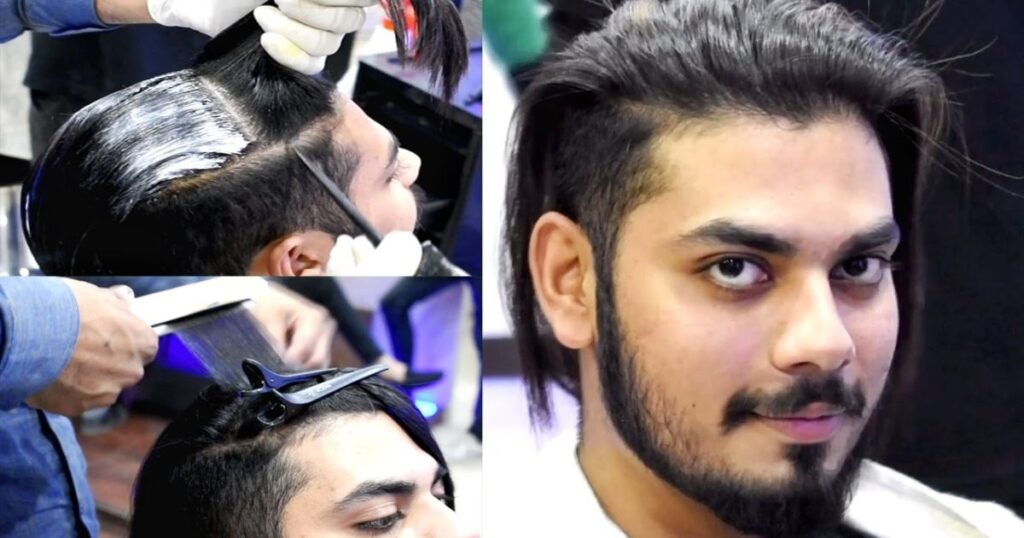
Straight hair is generally easy to manage and style, although it can lack volume. Within this category, there are three subcategories:
- Type 1A (Fine, Straight): This hair type is fine, soft, and prone to oiliness.
- Type 1B (Medium, Straight): With average thickness, this hair type has moderate volume and can be prone to frizz.
- Type 1C (Coarse, Straight): Thick and coarse, this hair type has significant volume but can be resistant to styling products.
Men’s Wavy Hair: Type 2 A-C
Wavy hair has a natural bend and movement, adding dimension and texture. The three subcategories are:
- Type 2A (Fine, Wavy): This hair type has a loose, subtle wave and can be easily weighed down.
- Type 2B (Medium, Wavy): With a more pronounced wave pattern, this hair type has moderate volume and body.
- Type 2C (Coarse, Wavy): Thick and coarse, this hair type has a distinct wave pattern that can be frizzy or resistant to styling.
Men’s Curly Hair: Type 3 A-C
Curly hair has a defined spiral or looped pattern, requiring specific care and styling techniques. The three subcategories are:
- Type 3A (Fine, Curly): This hair type has loose, bouncy curls that can be prone to frizz and dryness.
- Type 3B (Medium, Curly): With tighter curls and significant volume, this hair type can be prone to tangles and dryness.
- Type 3C (Coarse, Curly): Thick and coarse, this hair type has tight, corkscrew curls that can be resistant to styling products.
Men’s Coily Hair: Type 4 A-C
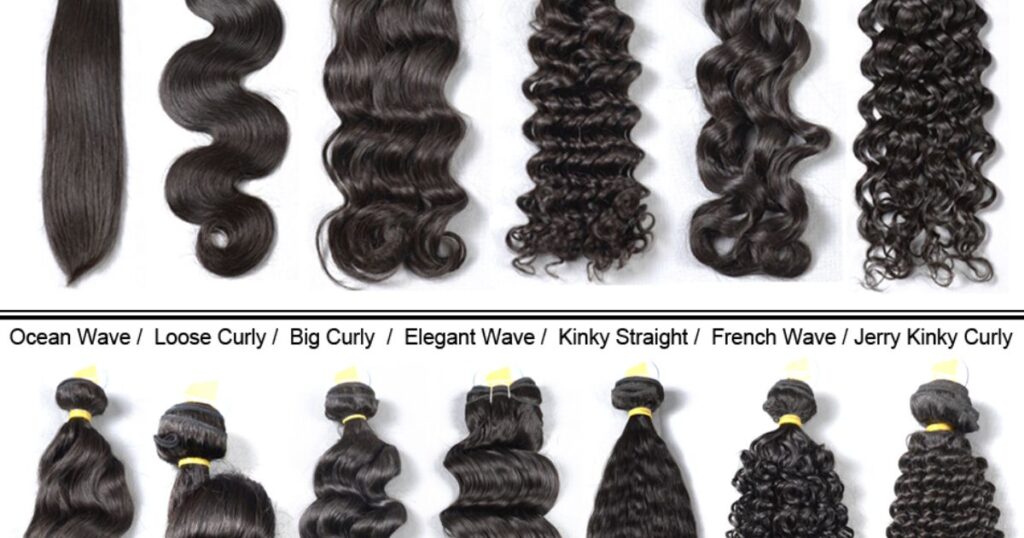
Coily hair is characterized by tight, zigzag patterns that form coils or kinks. The three subcategories are:
- Type 4A (Fine, Coily): This hair type has a tightly coiled pattern that can be prone to dryness and shrinkage.
- Type 4B (Medium, Coily): With a distinct zig-zag pattern, this hair type has significant volume and can be prone to tangles and dryness.
- Type 4C (Coarse, Coily): Thick and coarse, this hair type has tight, wiry coils that can be resistant to styling products and prone to dryness.
Other Factors Affecting Your Hair Type
While texture and thickness are the primary determinants of hair type, several other factors can influence your hair’s characteristics and care needs.
Scalp
The condition of your scalp plays a crucial role in hair health. An unhealthy scalp can lead to issues like dandruff, excess oiliness, or dryness, which can impact your hair’s appearance and manageability.
Hair Porosity
Hair porosity refers to your hair’s ability to absorb and retain moisture. High porosity hair easily absorbs moisture but struggles to retain it, while low porosity hair has a tighter cuticle structure, making it resistant to moisture absorption.
Hair Density
Hair density refers to the number of hair strands per square inch on your scalp. High-density hair appears thicker and fuller, while low-density hair may appear sparse or thinning.
The Round-up: Men’s Hair Types
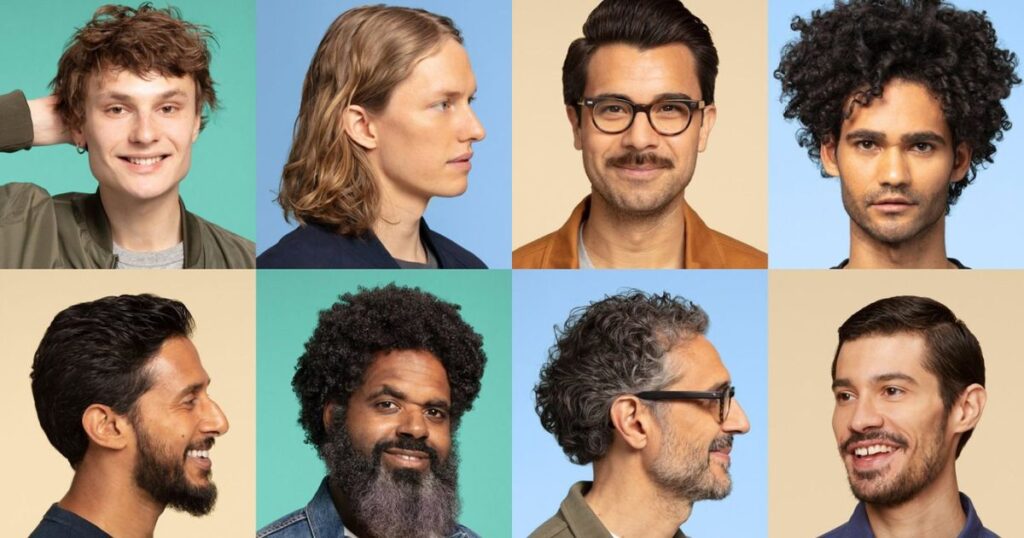
Understanding your hair type is the first step towards achieving healthy, well-groomed locks. Here’s a quick recap of the different hair types for men:
| Hair Type | Description |
| Type 1 (Straight) | Straight hair with a cylindrical shape, ranging from fine to coarse. |
| Type 2 (Wavy) | Hair with an S-shaped pattern and varying degrees of wave, from loose to defined. |
| Type 3 (Curly) | Curly hair with a spiral or looped pattern, ranging from loose bouncy curls to tight corkscrew curls. |
| Type 4 (Coily) | Coily hair with a tight, zigzag pattern that forms coils or kinks, ranging from fine to coarse. |
Identifying your hair type is essential for tailoring your haircare routine, styling techniques, and product choices. By embracing your unique hair type, you can achieve your desired look while promoting healthy, well-nourished locks.
Also in Journal
The Ultimate 2024 Music Festival Hair Guide
Discover the best hairstyles and products to rock at music festivals this year, from sleek braids to vibrant colors.
Compact Tools for Every Destination!
Explore our top picks for travel-friendly hair tools that won’t weigh down your luggage.
Celeb-Inspired Easter Brunch Hairstyles!
Get inspired by these stylish and easy-to-recreate hairstyles for your Easter brunch festivities.
Conclusion
Embracing your natural hair type is the key to achieving healthy, well-groomed locks that complement your unique style. Whether you have straight, wavy, curly, or coily strands, understanding the specific needs and characteristics of your hair type will empower you to make informed choices about your haircare routine and styling techniques.
From selecting the right products to mastering the appropriate tools and methods, tailoring your approach to your hair type can transform your hair journey. Remember, every hair type is beautiful and deserves to be celebrated. By nurturing your hair’s natural texture and embracing its individuality, you can unlock its full potential and rock your signature look with confidence.

As a seasoned fashion enthusiast with over 6 years of hands-on experience, I’m dedicated to sharing my expertise and passion for all things hair and earrings.

